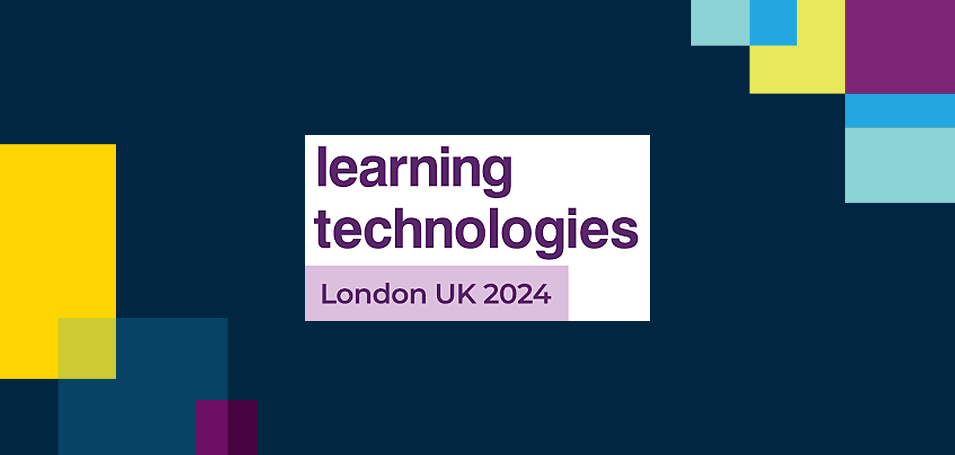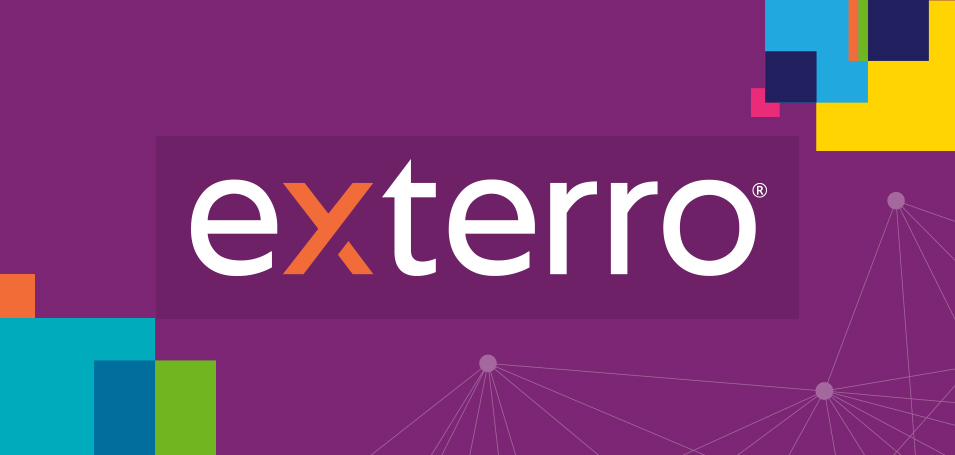In our recent webinar, The State of Customer Education, 2021, we brought three customer education leaders together to share some data-driven best practices around customer education in 2021. These panelists include our own Daniel Quick, VP Learning Strategies, as well as Melissa VanPelt, VP Customer Education and Advocacy at Seismic, and Dave Derrington, Sr Manager Customer Education at Outreach and the Co-host of the CELab podcast. If you missed the live webinar, here’s your catch-up!
It’s an exciting time to be in customer education!
Our panelists took a deep-dive into our 2021 Customer Education Report, and used it as a springboard for conversation around current best practices and how Customer Education teams can elevate their learning strategies. The report is a high-level industry survey of the Customer Education space, and includes insight from 200 professionals who work in Customer Education as well as in educating the extended enterprise.
One thing is for sure – Customer Education is in the middle of a huge growth period. 90% of Customer Education programs grew last year, with more than 60% of respondents increasing their investments by more than 30%.
CE is a relatively new function, with 30% of the teams surveyed new within the last 12 months. Melissa commented that it’s become increasingly clear that the learner experience plays a huge impact on customer experience, and is therefore key to achieving customer success. The onboarding stage for example is a critical phase. It can have a hugely positive impact on customer retention, but it can also very quickly lead to churn. The motivation for investment in Customer Education is all about driving a positive high-value implementation experience through meaningful learning opportunities – to create successful and happy customers because they’re gaining real value. For Melissa at Seismic, the CE team’s secondary driver is all about scalability. Education services can help scale other functions like nothing else, from reducing support tickets to supporting the customer with self-serve. It’s a deliberate customer success and scale strategy that supports overarching business goals.
These opportunities clearly aren’t going unnoticed. The investments show that more and more businesses are getting wise to the fact that customers are always learning, and in the absence of a strategy for that education, the experience is left out of your control.
Measuring the impact of education – it doesn’t have to be complicated
As a new department in many organizations, it’s no surprise that 43% of companies don’t yet have a clear process in place for measuring the impact of their education. Dave spoke out about how complicated it can be to get the behind-the-scenes product information that you need, and track elements of product usage in a granular way, especially with issues like compliance or lengthy process for integration and access with Product or IT teams.
Melissa agreed that many organizations still have some maturing to do in terms of the data usage, and finding and telling the story of their customer education impact. It’s important to simplify this down to a basic level and find a place to start. What business objectives do you want to align to? Is it product adoption? Improving onboarding? Renewals? You can start with simple data such as sentiment analysis through surveys, CSAT and NPS scores, and draw some conclusions around how learners feel interacting and using your product.
Daniel mentioned some great low-hanging fruit that are within the Customer Education team’s control. If Customer Education is in its infancy, be compassionate with yourself that you aren’t doing sophisticated analyses and do what you can now. Look at completion rates, and see where people are dropping out, then aim to provide a better experience at that juncture. See how traffic to your academy is trending and try to drive engagement. Add an explicit data stream when learners finish a course, such as a feedback survey. These are all great options for those who are brand new.
The great debate – should Customer Education professionals be monetizing their content?
At the moment, only 43% of survey respondents are monetizing their Customer Education content, although a further 22% are planning to start this year. This stat really epitomizes the conversation around “fee vs free”. While many feel that nothing should stand in between your customer and their ability to learn (including a price tag), others feel that giving away all educational content is a missed opportunity for revenue.
We love how Melissa spoke about a hybrid path that provides the best of both worlds.
“There’s a delicate balance that can be struck between an educational offering that’s included with a customer subscription, and that includes an option for additional fee-based learning above and beyond. Education that’s included in a subscription recognizes that customers learning how to use your product is absolutely critical to success, retention and renewal. This education should be provided freely and openly to support them in their growth. However, any business leader would be remiss if they weren’t looking to contribute to company revenue.”
Fee-based learning opportunities could be more mature speciality courses, advanced certification programs, or in-person or on-site Instructor-led training or workshops. You can expect that enterprise customers will want to pay for these kinds of premium educational offerings, plus in many cases it will add legitimacy to what you’re providing.
Post-pandemic, what does the future look like for Customer Education?
It may not surprise you to learn that 77% of respondents feel online training has become highly important since the pandemic. More interesting though, is the focus on making online training better, rather than simply increasing what organizations are offering. 42% have enhanced learner experience with new and different kinds of content, and 57% have expanded the training content that they include.
It may have been obvious that people needed to move training online due to COVID-19, and yes, 41% have moved in-person training to VILT. However, our panelists don’t see this training moving back to in-person, even when all restrictions are lifted.
“Through the pandemic, a lot of organizations have seen the benefit of a scalable, virtual learning program that’s self-paced” said Daniel. “They didn’t necessarily realize this at the start, but organizations have used the opportunity of learners sitting at home and being interested in learning new skills and gaining mastery over new topics to do more than just drive product adoption. They have created education to upskill customers in the broader domain in which they work and thereby provide much greater value. When you can make this kind of virtual training engaging, this has become a best practice that will pay dividends in the years to come.”
Our panelists covered a lot of great content in just a single hour! Check out the full webinar to learn:
- 57% of companies are measuring the impact of customer education: What are they tracking, and which business goals does that data align with?
- Where do the most successful CE teams sit? Just 12% of customer education teams have their own department. Who are the rest reporting into?
- How CE teams view their own impact: Just 6% feel their learners know 75% of what they need to know. What’s holding them back?
Want to learn more about smart ways to measure the success of your education programs? Watch our on-demand webinar on The Consumption Conundrum, and don’t forget to schedule a demo.


